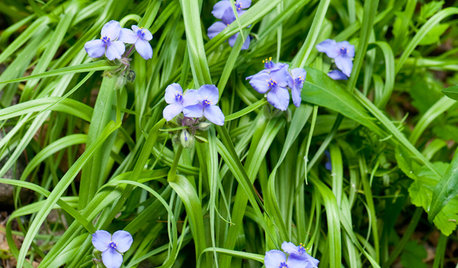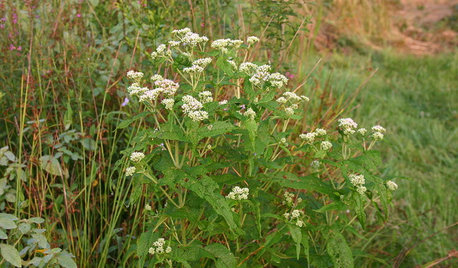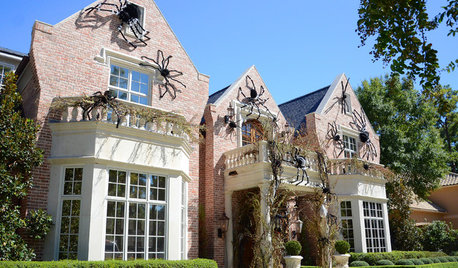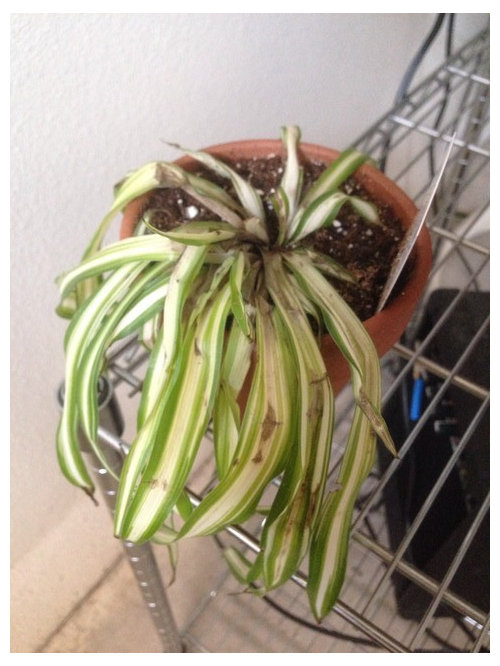Help! Spider plant was delivered to me like this!
dapenda
9 years ago
Related Stories

GARDENING GUIDESGreat Design Plant: Tradescantia Ohiensis Adds Shades of Blue
This reliable, adaptable U.S. native provides spider-like foliage and clusters of blue to purple flowers in Eastern gardens each spring
Full Story
FLOWERS AND PLANTSHelp Monarchs and Other Butterflies by Planting Common Milkweed
Summer-blooming Asclepias syriaca is an important larval host plant for the monarch butterfly and attracts a number of pollinating insects
Full Story
GARDENING GUIDESGreat Design Plant: Common Boneset Helps Good Bugs Thrive
Support bees, moths and butterflies with the nectar of this low-maintenance, versatile and tactile prairie-style plant
Full Story
LANDSCAPE DESIGNNative Plants Help You Find Your Garden Style
Imagine the garden of your dreams designed with plants indigenous to your region
Full Story
FUN HOUZZSurvey Says: We’re Scared of Being Home Alone — and Spiders
A new Houzz survey reveals that most of us get spooked in an empty house. Find out what’s causing the heebie-jeebies
Full Story
GARDENING GUIDESHelp Fuel the Monarch Migration With These 6 Prairie Plants
Try these nectar-rich beauties and help autumn monarchs
Full Story
LIFEYou Said It: ‘Put It Back’ If It Won’t Help Your House, and More Wisdom
Highlights from the week include stopping clutter from getting past the door, fall planting ideas and a grandfather’s gift of love
Full Story
MOVINGRelocating Help: 8 Tips for a Happier Long-Distance Move
Trash bags, houseplants and a good cry all have their role when it comes to this major life change
Full StoryMore Discussions












plantomaniac08
dbarron
Related Professionals
Bridgetown Landscape Architects & Landscape Designers · Forest Acres Landscape Architects & Landscape Designers · Middle Island Landscape Architects & Landscape Designers · Boca Raton Landscape Contractors · Canby Landscape Contractors · Cockeysville Landscape Contractors · Fort Myers Landscape Contractors · Fort Payne Landscape Contractors · Lebanon Landscape Contractors · Lewisville Landscape Contractors · Mesa Landscape Contractors · Streamwood Landscape Contractors · Sugar Hill Landscape Contractors · Tyngsboro Landscape Contractors · Centerville Interior Designers & Decoratorsbrodyjames_gw
bossyvossy
tapla (mid-Michigan, USDA z5b-6a)
plantomaniac08
tapla (mid-Michigan, USDA z5b-6a)
plantomaniac08
nomen_nudum